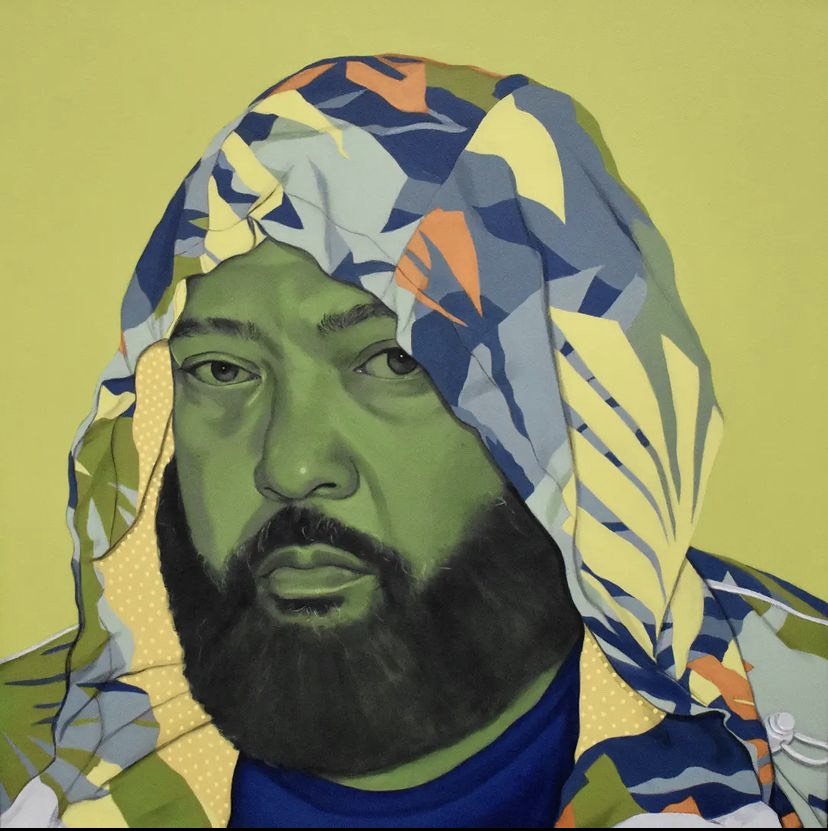Clarence Heyward, a highly respected artist based in Durham, North Carolina, paved a way for his art to be seen and connected through the lens of society. Heyward’s contemporary portraiture style has been discussed on podcasts, in local newspapers and displayed at art fairs. To do what he is most passionate about for a living, his consistency and relationship building is how he introduced his art to the world.
“My experience with art dates back to coloring in coloring books with my mom at the age of two,” said Heyward. “This eventually led to me drawing the pictures to color myself once there weren’t any pages left in the coloring books. That progressed into comic book characters and eventually art programs in school.”
Heyward was immersed into art as a child which kept a burning desire to deepen his knowledge about art well after his early childhood. “I went to a performing arts high school where I majored in art and later college where I majored in art education,” said Heyward.
While serving as a student teacher at C.C. Spaulding Elementary in Durham, North Carolina, Heyward learned the starting salary was extremely low and he opted out of the profession.
“I became a truck driver for about 12 years before I realized that money couldn’t buy happiness,” said Heyward. “I began drawing and painting again and decided that I’d give being an artist a serious try. I built a portfolio of work and applied for a year-long artist residency.”
Heyward cemented his first residency at Anchorlight in Raleigh, North Carolina and was determined to maximize his opportunity. By doing so, he found himself sleeping in the studio most nights to get his work completed.
“I worked from sunup to sundown,” said Heyward. “Four years later and my formula is the same, just make the work.”
As depicted in movies and shows artists make their names known by having some sort of big break.
“The idea of the ‘Big Break’ is a myth,” said Heyward. “There isn’t one moment where everything changes.”
Heyward recalls his career pivoting once he gained institutional support. Museums acquired Heyward’s work for their permanent collections. Exhibiting in museums such as CAM Raleigh and prominent spaces helped Heyward gain support from collectors who would have never known about his work.
Heyward did not have the ideal movie-esque come up; instead, he consistently worked on his craft until an opportunity presented itself for the taking.
“Consistency may be the most important of all,” said Heyward. “There will be times where you may not feel like being in the studio but go anyway. Find ways to stay motivated.”
Belonging to a community of artists, curators, art administrators, and gallerists can be beneficial because these are the people who get you into exhibitions. These relationships stand the test of time when constructive criticism is put at the forefront. They also speak on the artist’s behalf when they are not present themselves.
“Having your work critiqued and having conversations about it only makes the work stronger,” said Heyward. This played a role in Heyward’s success, but he is aware that everyone has different paths.
As for this up-and-coming artist from North Carolina, Heyward shows no sign of slowing down but yet continuing to be inspired and create art that connects the masses.
“There is no blueprint or one way to become a successful artist but these are examples of what has helped me along my way,” said Heyward.
